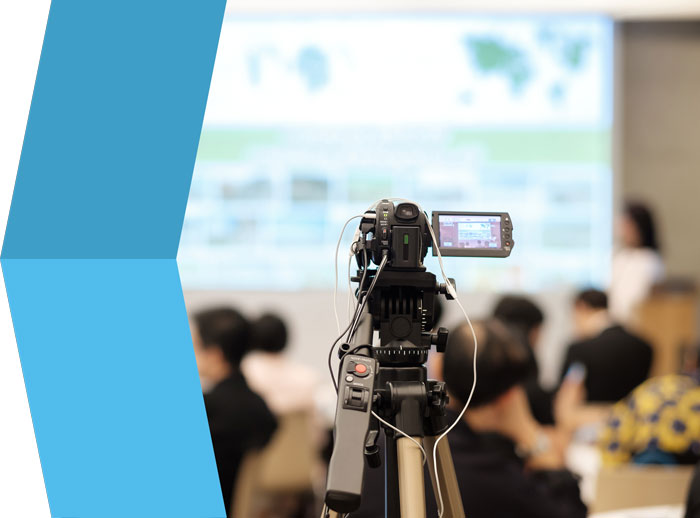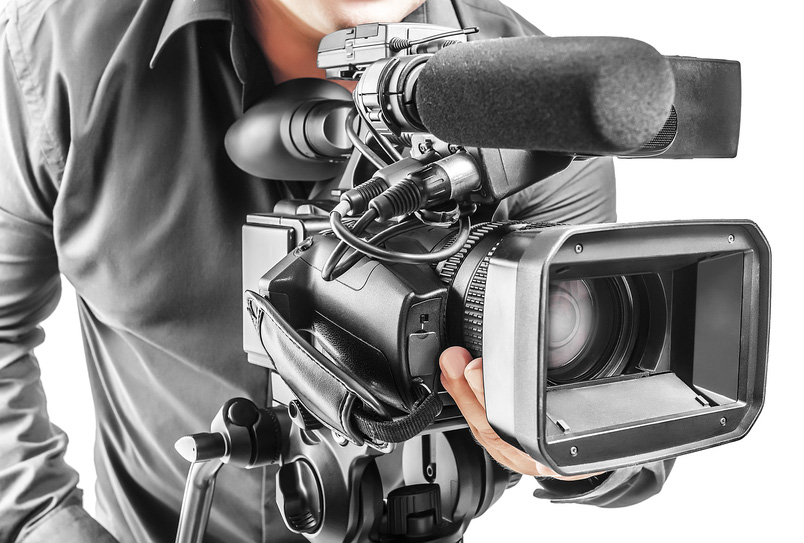Recognizing the Effect of Legal Videography on Instance Outcomes
Recognizing the Effect of Legal Videography on Instance Outcomes
Blog Article
Understanding the Value of Legal Videography in Giving Transparent and Trustworthy Documentation for Lawful Proceedings
In the world of legal proceedings, the utilization of legal videography has emerged as an important device for making sure transparency and trustworthiness in documenting different elements of instances. Lawful videography not just improves the precision of recording testaments and occasions yet additionally supplies a thorough sight that can be essential in determining the outcome of legal disagreements.
Value of Legal Videography
Lawful videography plays an essential role in legal proceedings by providing aesthetic documents that improves the accuracy and trustworthiness of testimony and evidence offered in court. Via the use of video recordings, lawful specialists can catch facial expressions, body movement, intonation, and other non-verbal cues that might not be completely shared with written records alone. This aesthetic documentation aids to supply a much more nuanced and full understanding of the context in which statements were made, helping judges and juries in their analysis of witness trustworthiness and the weight given to details items of evidence.

Enhanced Documents Accuracy
Offered the crucial function of visual documents in legal process, the focus currently shifts to taking a look at how boosted documentation precision achieved with lawful videography better strengthens the honesty of the legal system. Lawful videography offers a specific and comprehensive account of events, recording subtleties that might be missed in created transcripts or standard forms of paperwork. By providing an aesthetic document that includes body movement, intonation, and facial expressions, lawful videography boosts the accuracy of documenting witness statement and court room procedures. This degree of information can be essential in precisely standing for the context in which declarations were made, helping to stop false impressions or misrepresentations that might happen with created documents alone. Moreover, the ability to examine video clip footage permits for fact-checking and confirmation, increasing the overall reliability and integrity of the documents provided in lawful process. In significance, improved paperwork accuracy through legal videography functions as a powerful device for promoting transparency and making certain that legal processes are carried out with miraculous honesty and fairness.
Openness in Legal Process
Openness in legal process is a basic cornerstone of maintaining justice and making sure accountability within the lawful system (Legal Videography). By permitting for open accessibility to info, procedures, and choices made during legal procedures, transparency functions as a safeguard versus corruption, bias, and unfair methods. It reinforces public rely on the lawful system and allows all parties involved to have confidence in the stability of the procedure

Additionally, openness in lawful process makes sure that all relevant details is divulged and assessed, promoting fairness informative post and equality before the regulation. It enables analysis of the decision-making process and assists recognize any possible mistakes or misbehavior. On the whole, openness in legal proceedings is necessary for maintaining the concepts of justness, responsibility, and justice.
Reliability Via Video Proof
Making use of video evidence in legal process substantially enhances the reliability of events and statements provided to the court. Legal Videography. Video clip evidence catches audio and visual elements that can provide an extra precise depiction of what happened compared to created records or spoken testimonies alone. By offering events as they in fact took place, video evidence minimizes the opportunity of misconception, control, or distortion of facts, thus reinforcing the reliability of the info existing
Moreover, video clip proof can capture nuanced details such as body movement, faces, tone of voice, and the series of occasions, which can be important in identifying the credibility and integrity of statements. This level of information can help judges, courts, and lawyers make even more educated decisions based upon concrete aesthetic evidence as opposed to entirely depending on verbal arguments or composed accounts that might go through prejudice or inconsistencies.
Fundamentally, making use of video evidence in lawful process serves to boost transparency, trustworthiness, and accuracy, inevitably contributing to the trustworthiness of the legal documentation site web and the fairness of the judicial procedure.
Legal Videography in Courtrooms
Lawful videography plays a critical duty in recording and preserving visual proof throughout courtroom process. In modern-day lawful techniques, making use of video innovation has actually become increasingly common in courtrooms. Legal videographers are charged with the responsibility of videotaping the procedures precisely, ensuring that all appearances are recorded for future referral.
The existence of legal videography in court rooms boosts openness and gives an honest aesthetic record of the events that unfold during trials. Judges, courts, and lawful teams can evaluate video footage to clarify witness statements, analyze body movement, and evaluate the general temperament of individuals associated with the situation. This aesthetic paperwork can be particularly valuable in cases where emotions run high, or statements are complicated and require cautious scrutiny.
Moreover, lawful videography in courts can also help in the allures process by supplying concrete visual proof to support or test previous judgments. The in-depth video footage recorded by lawful videographers offers as a reliable resource for legal professionals, making certain that justice is offered based on an extensive understanding of the realities presented during the trial.
Final Thought
In conclusion, lawful videography plays an important role in enhancing paperwork accuracy, advertising openness in lawful procedures, and boosting integrity via video proof (Legal Videography). By providing aesthetic documents of occasions, lawful videography guarantees that all parties entailed have access to the same information, ultimately adding to a reasonable and simply legal system. Its presence in court rooms further strengthens its value in providing clear and reliable documentation for legal proceedings
In the world of lawful proceedings, the use of lawful videography has emerged as a crucial device for ensuring transparency and credibility in recording different facets of cases.Lawful videography plays a crucial function in important link lawful procedures by giving aesthetic documents that improves the accuracy and trustworthiness of statement and evidence provided in court.Offered the critical function of visual documents in lawful procedures, the emphasis currently changes to taking a look at just how enhanced documentation precision attained via legal videography even more strengthens the honesty of the legal system.In the context of legal videography, openness is better boosted by providing a precise and unchanged aesthetic document of occasions as they unravel during lawful procedures.In conclusion, lawful videography plays a vital function in boosting documents accuracy, advertising openness in lawful procedures, and boosting reputation via video evidence.
Report this page